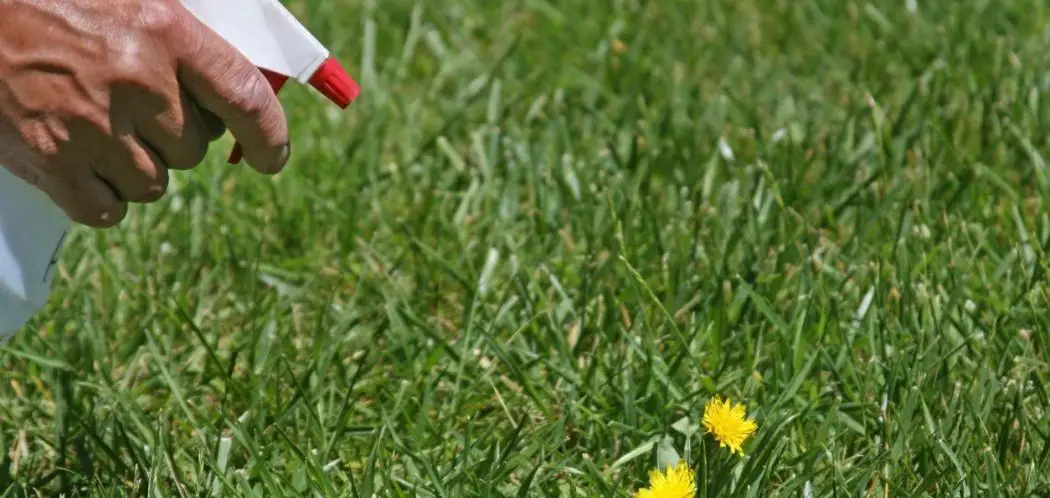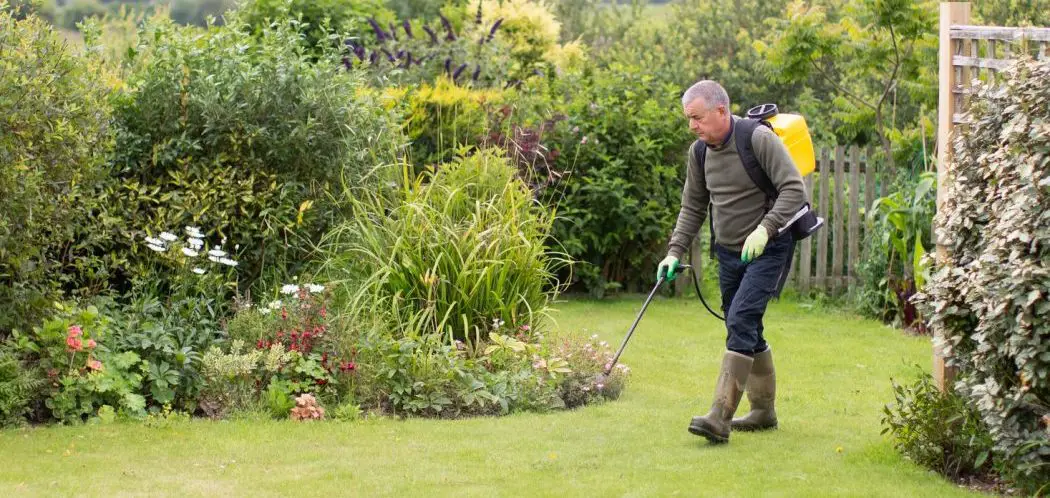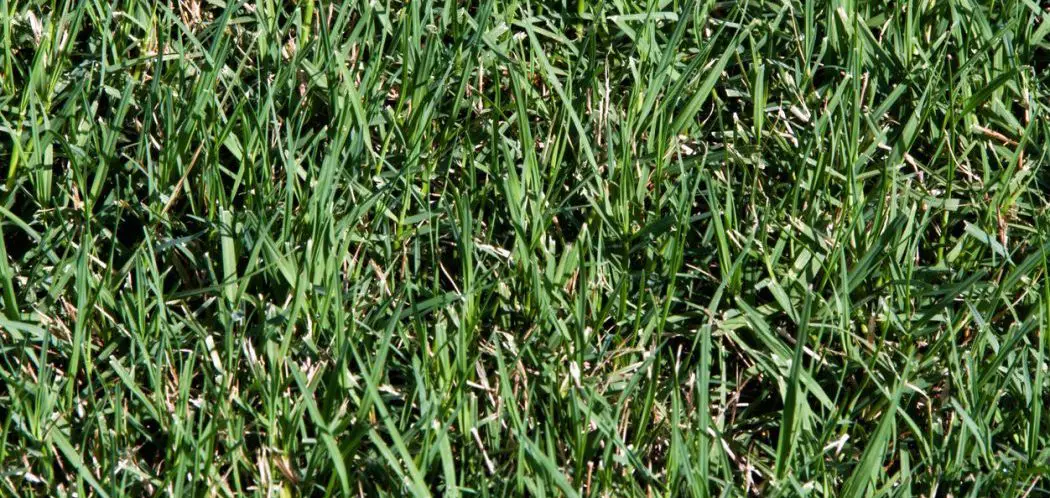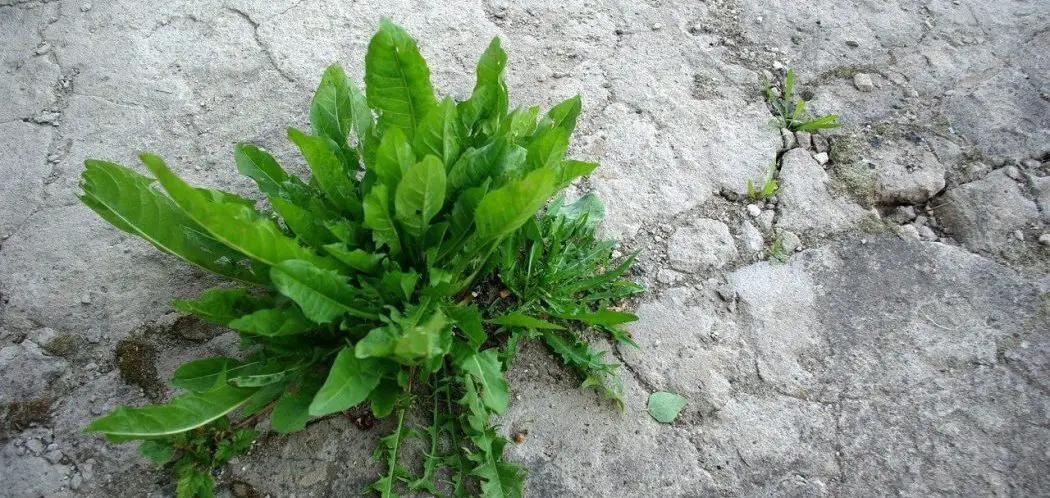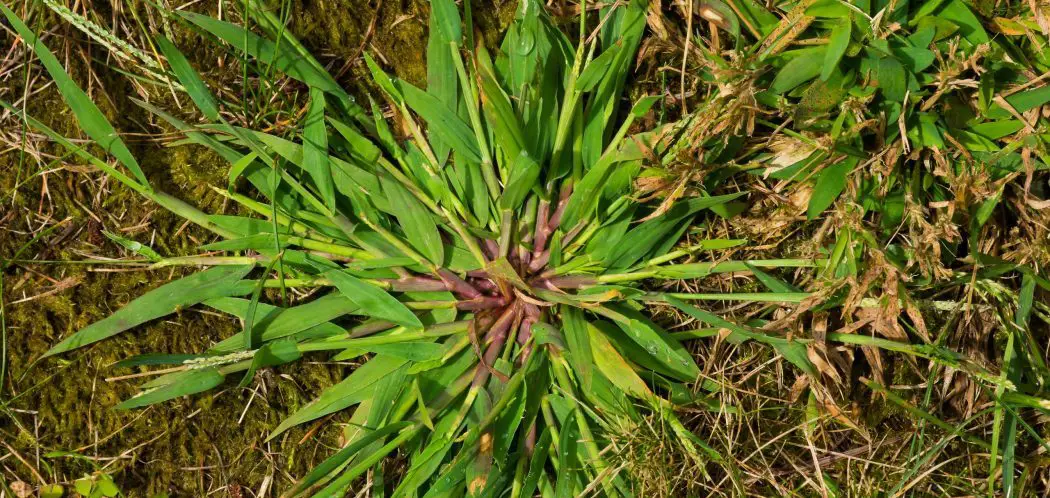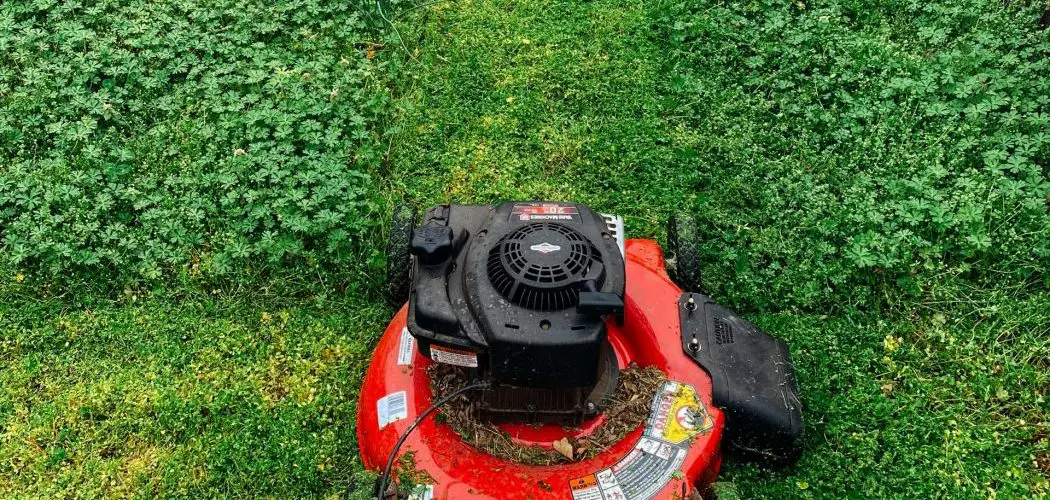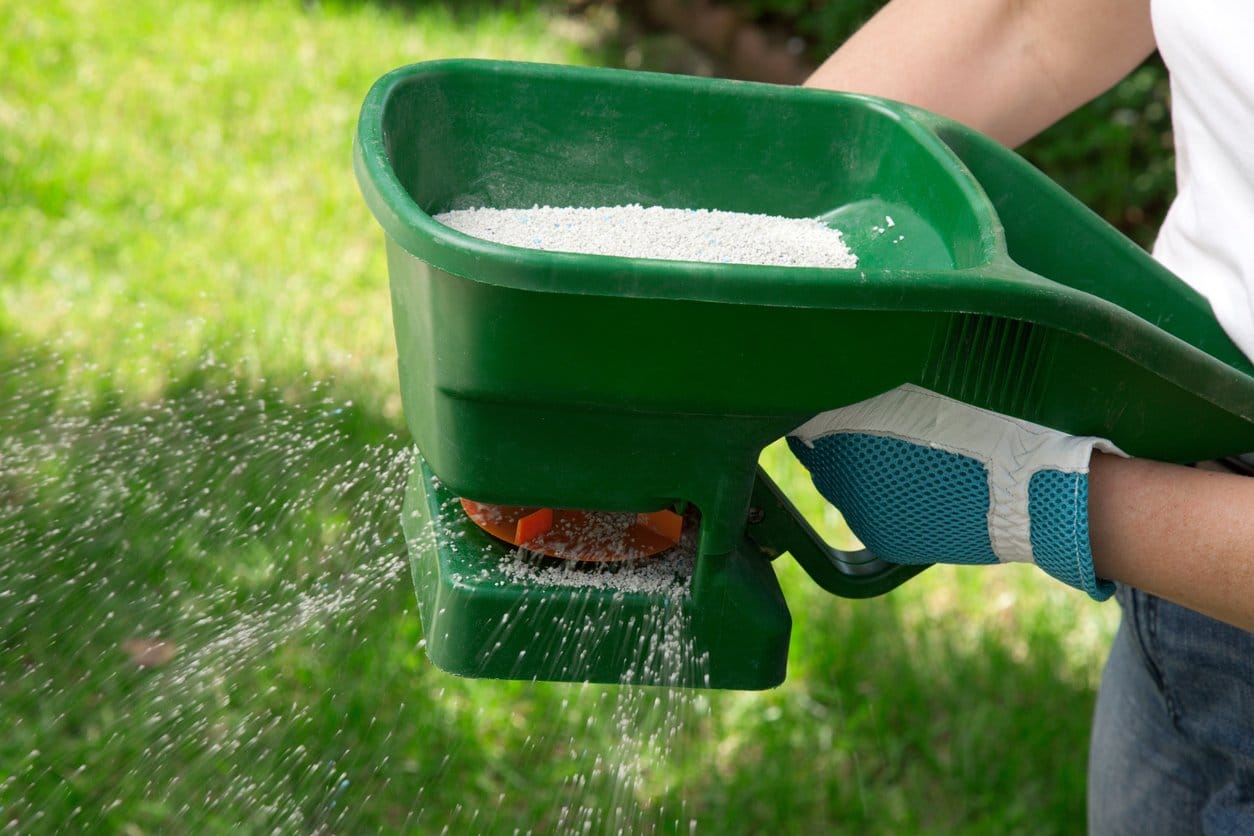The one thing that can undoubtedly ruin your luscious lawn is the presence of weeds. Not only do weeds look ghastly in a lawn, but they can pose a threat to surrounding plants as they take all of the moisture and nutrients in the soil for themselves, leaving none for the rest.
When weeds terrorize your lawn, it’s time to employ the help of an herbicide, commonly referred to as weed killer.
Best Time to Spray Weeds
Weeds should be sprayed during their active growth season when the weed is performing the most uptake of its life cycle. Systemic herbicides are absorbed by the plant which kills it from the inside so spraying during the growing season will best circulate the herbicide to kill the weed.
It’s best not to spray during a dormancy period
If a weed is in its dormancy period, it won’t circulate the herbicide as thoroughly as it would during the growing season. This could lead to only partial plant death.
Weeds are more visible during an annual growth spurt
The taller the weed, the easier it stands out against your lawn. Weeds such as dandelions get flowers that make them easier to spot as well.
Being able to see the weed you’re spraying will help you keep from spraying something you don’t want to kill such as the grass of your lawn or your wife’s precious flower bed.
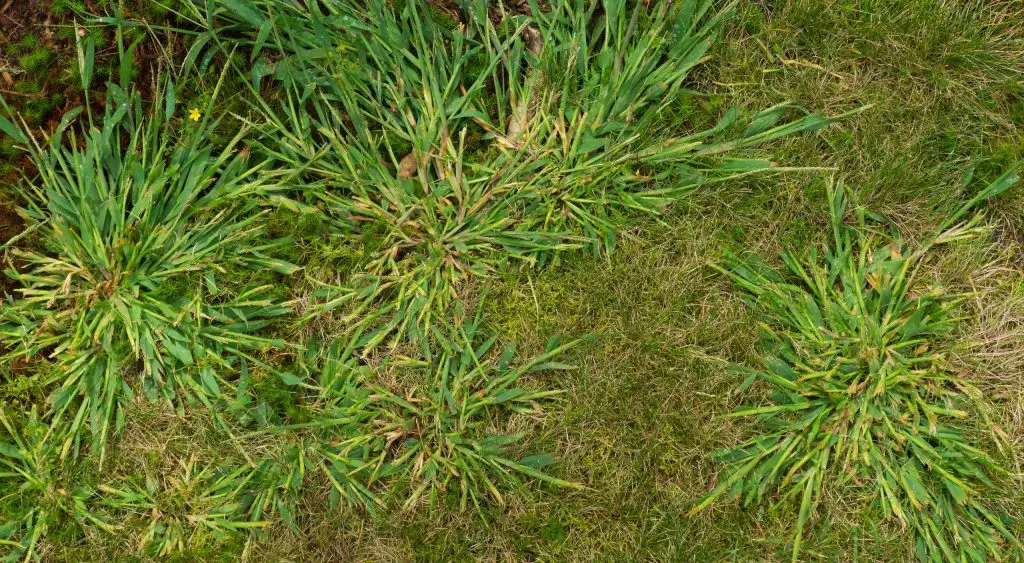
What Time of Day Is Best to Spray Weeds?
The best time of the day to apply weed killer is late morning. In the early morning, fresh dew on the plant could cause your spray to become dilute or be washed away. Wait until the moisture of the morning has thoroughly evaporated before spraying your weeds.
Avoid spraying late in the day or just before nightfall
Avoid spraying weeds late in the day or just before nightfall. As the sun sets, dew will begin to collect again. This moisture can erode your herbicide away, making your weed killing efforts futile.
Spraying during midday is not recommended in warm climates
The sun is at its strongest around noontime. It might seem like you’re saving time by using your lunch break to spray your weeds, but the heat of the sun beating down on your lawn could actually evaporate the weed killer before it even has a chance to work.
What Is the Best Season to Spray Weeds?
Weeds should be dealt with during their preferred growth season!
Warm season weeds
Warm season weeds include nutsedge, crabgrass, and burdock. If the weeds invading your lawn are thriving during spring and summer, you’ll need to tackle them then.
Cool season weeds
Cool season weeds bloom and spread from mid fall to early winter. This season is when you’ll find weeds such as henbit, dandelion, and chickweed in your yard.
Tailor your approach!
Identify your weeds and tailor your approach to their growing season. You can also base your herbicide selection on which part of their life cycle the weed is in. Pre-emergence herbicides kill weed seeds and small plant matter beneath the soil, and post-emergence herbicides kill the mature parts of the plant.
What Temperature Does It Need to Be to Spray Weeds?
When temperatures fall, plant growth seems to come to a grinding halt. You should eliminate weeds during the warmest part of the season they tend to grow in. If plant growth is stalled, your weed killer will not work as efficiently.
Herbicides can be composed of many different chemicals, all of which react differently to temperature variations. The most widely used non-selective post-emergence herbicide on the market is best used at temperatures no lower than 53 degrees Fahrenheit, but no higher than 77 degrees Fahrenheit.
Check the label!
Check the label and safety data sheet of any weed killer you purchase to see if there are temperature recommendations. Liquid forms of weed killer can’t be used when it’s freezing cold outside because the liquid portion of the herbicide would simply freeze once exposed to the atmosphere.
At temperatures below 60 degrees Fahrenheit, plant processes slow down, and the weed will be killed much slower than if the weed killer were applied at a more ambient temperature.
Is it Better to Spray Weeds Before or After Rain?
As previously stated, we want to attack weeds when they are growing the strongest. Weeds often experience growth spurts shortly after a healthy rain.
Once the weeds have dried out from the rain, spray them immediately.
Not everyone lives in a climate with predictable weather, and that’s understandable. You may not have a chance to see the weed’s dry out before another downpour plagues your area. In this instance, you can spray shortly before a rainstorm. Many liquid weed killers are water resistant after a certain drying time, so check the label of your weed poison to see how long beforehand you’ll need to spray.
Should You Cut Weeds Before Spraying?
With systemic herbicides, cutting your weeds down beforehand is not necessary. These herbicides circulate within the plant, killing it from the very edge of its leaves down to its roots.
Contact herbicides can benefit from you doing a bit of pruning before applying weed killer. Contact herbicides only kill whatever portion of the plant they are applied to. If you have a tall, lanky weed that you wish to rid your lawn of, and you plan to use a contact herbicide, it is a good idea to cut away any parts of the weed that aren’t the main stem.
Then, apply your contact herbicide directly to the center of the plant. This will ensure the weed killer comes in contact with the weed’s powerhouse and annihilates it.
Regardless of herbicide choice, any dead weed portions should be removed from your lawn promptly after they are exterminated. Not doing so could cause any surviving tissue or seed of the plant to take stock in the ground and grow new weeds.
As you tackle weeds in your lawn, remember that weeds must be relatively dry for the herbicide to make proper contact with the weed body. Always apply herbicide during a weed’s growing season, and make late morning your scheduled weed killing time.
Here are some of my favorite lawn care products
Thanks a lot for making it to the end of this post! I hope you found it useful. Here are some lawn care products that I use and that I think you’ll also find helpful. These are affiliate links, so if you do decide to use any of them, I’ll earn a commission.
In all honesty, these are some of the basic products that I use and recommend to everyone.
Broadcast Spreader
This Scotts Elite dual rotary spreader is not a professional grade model but it’s excellent for homeowners.
I really like the edge guard on it. It’s really easy to switch on and off so it’s great for going around my driveway and flower beds.
If you’re not looking to spend hundreds of dollars, I’d definitely recommend this model. It spreads out a wide path and is great quality for the cost.
Backpack Sprayer
This 4-Gallon sprayer is my absolute favorite. It sprays for a really long time. I’ve had this sprayer for quite a while and I’ve never had the battery run out.
The adjustable pressure switch is a really import feature to me.
You can order a lot of accessories for this model but I’ve never really found much of a need for it.
Head Aerator
Hand aerators are great for small spots if you’ve got construction debris or a spot that constantly dries out.
You can also fill these holes with organic matter that will hold a bit more moisture.
This one by Yard Butler is an absolute bargain. It pulls nice long cores. I also use it for taking soil samples around the yard!

